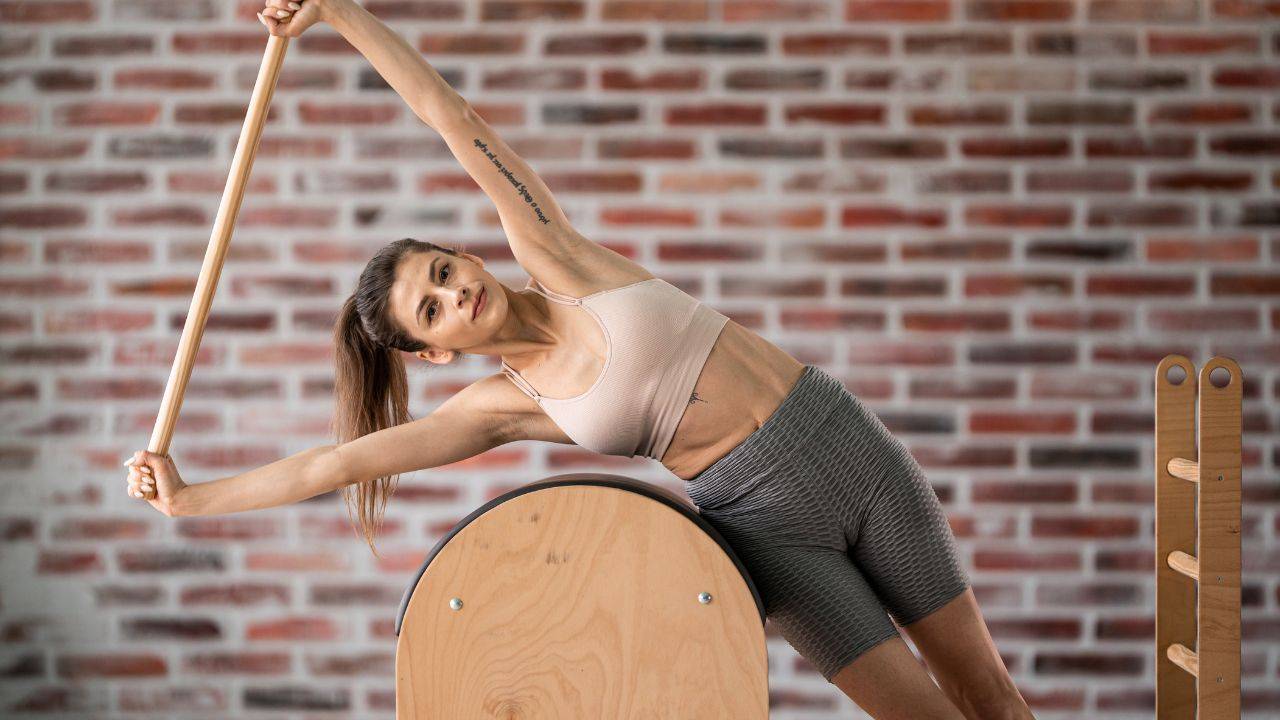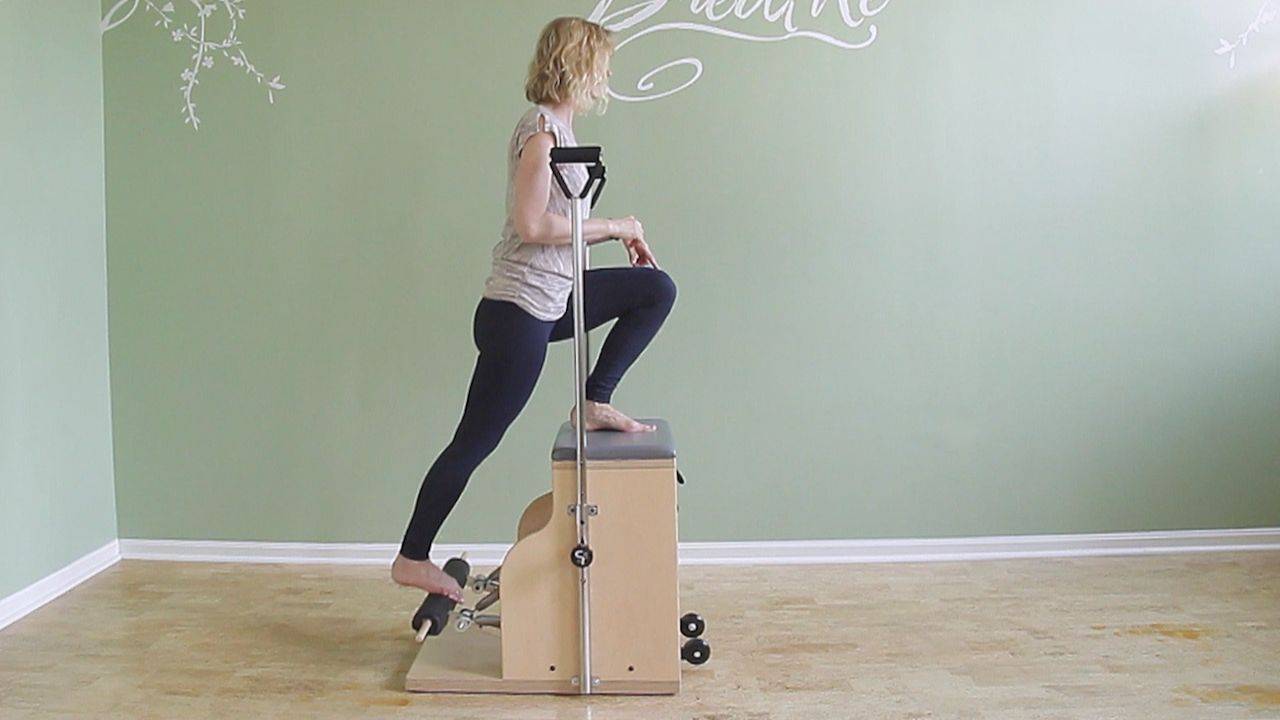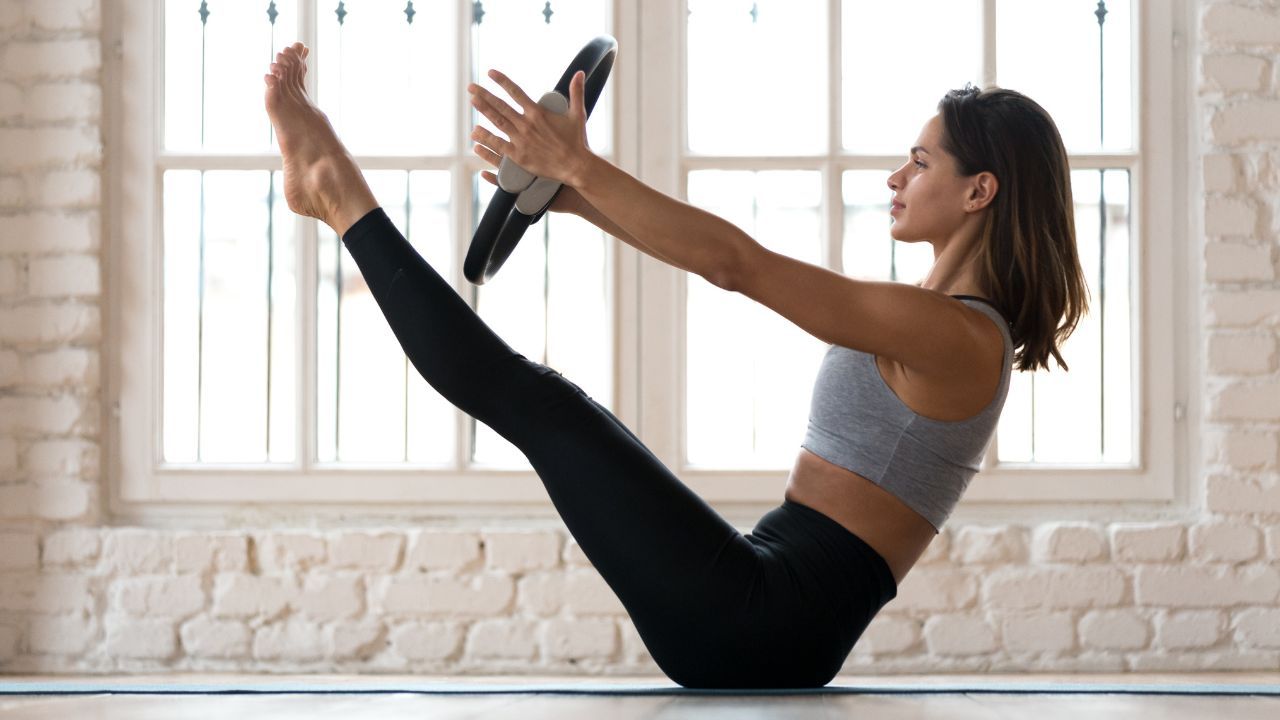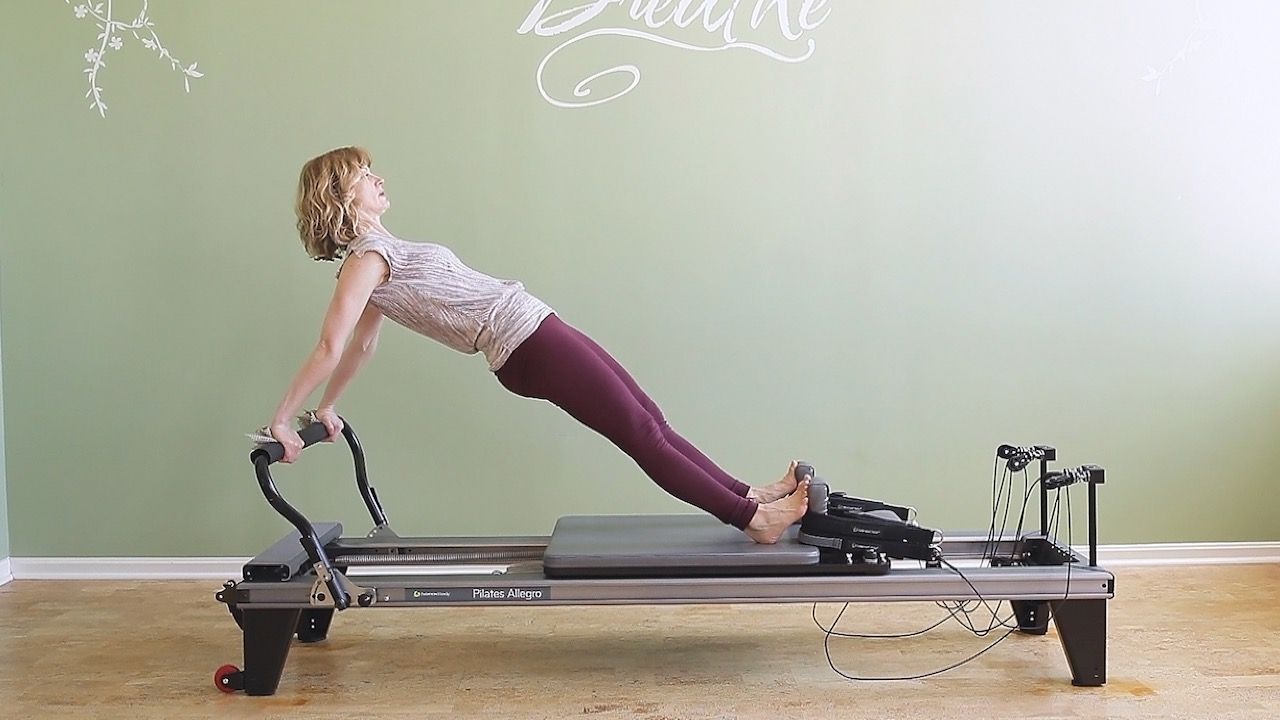Should you Choose Round Back or Flat Back Exercises?
Sep 21, 2016
Have you ever wondered whether you should choose the flat back version of Short Box on the Reformer or Ladder Barrel or the round back version?
If you were trained classically, then you might do both, but if your approach is more contemporary or rehab oriented, you might be unsure of what’s the best option for this particular client or for yourself.
This video will help you pick the right variation for each body type.
Let me summarize:
- If the student has a soft, usually very flexible body, and is often slumped forward, then they need the flat back version. Since this person collapses into themselves, you need to focus on axial length in the spine, which will give them the postural endurance to stand tall with good posture all day long. This is the best option to strengthen the transversus abdominus, which only works in a neutral spine.
- If the student has a generally stiff spine, they most likely need more spine articulation. In this case, choose round back or roll down abdominal exercises.
- If a student is fairly deconditioned and has very weak abdominals, a round back version will build abdominal strength in a safer way by strengthening three muscle groups, the rectus abdominus and internal and external obliques. It’s a great place to start, but eventually progress to flat back exercises to strengthen the TA as well.
- For anyone with low bone density, choose Flat back exercises (thoracic flexion is contraindicated).
- For anyone with a spine pathology or pain of unknown source, keep the spine neutral (long and straight), until you’ve done enough research or spoken with their physical therapist to decide which position is most beneficial for them long-term.
- Many students with a history of pain know themselves very well, they know which position feels better. Start there. Especially, when they are just starting with Pilates, they will need some time to get familiar with the exercises and your teaching style. Once you know each other better, you can move the student step-by-step towards the more desirable position.
- Finally, if you are working with a healthy and fit student, choose what's harder for them. It will bring more change. If the variation looks easy, it will not create much result.
I'd love to hear from you. Shoot me an email to share your experience.










